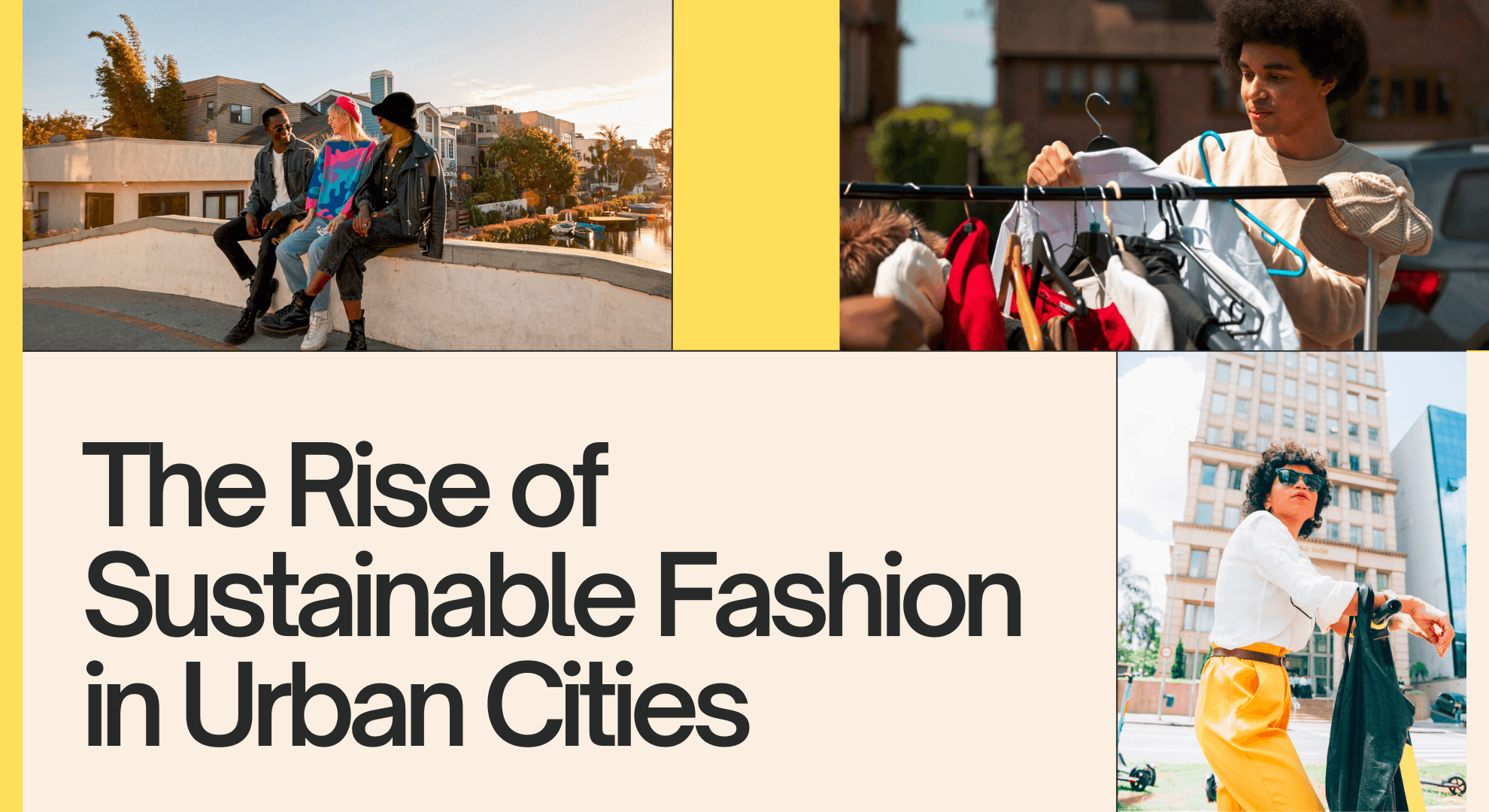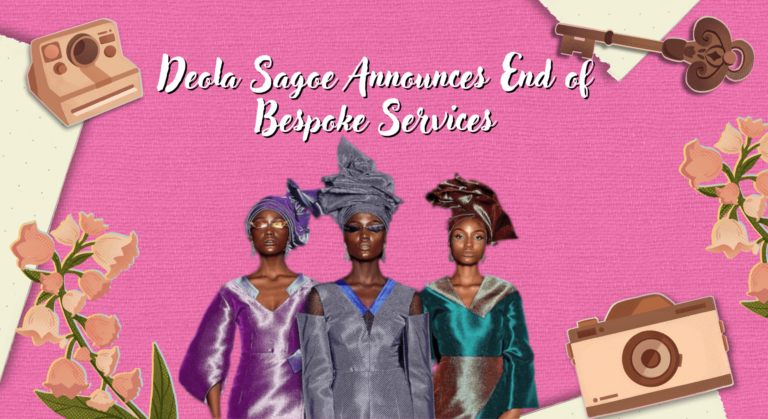Introduction
Alright, let’s face it—fast fashion had its heyday. We’ve all been guilty of grabbing that $5 T-shirt, only to have it fall apart after a couple of washes. But as more people start to care about what goes into making their clothes, the fashion scene is changing—especially in big, bustling cities. Sustainable fashion is no longer just a buzzword; it’s a full-blown movement taking urban areas by storm. From Brooklyn to Berlin, folks are swapping out cheap, trendy threads for pieces that are kind to the planet and its people.
In this post, we’re diving deep into the world of sustainable fashion, what’s driving its rise in cities, the challenges it faces, and how we can all do our part to keep this trend going. So, grab a cup of coffee, get comfy, and let’s chat!
What Exactly Is Sustainable Fashion?
If you’re thinking sustainable fashion means hemp T-shirts and scratchy wool sweaters, think again. Sustainable fashion is all about making clothes in ways that minimize harm—to the environment, to workers, and to our wallets in the long run.
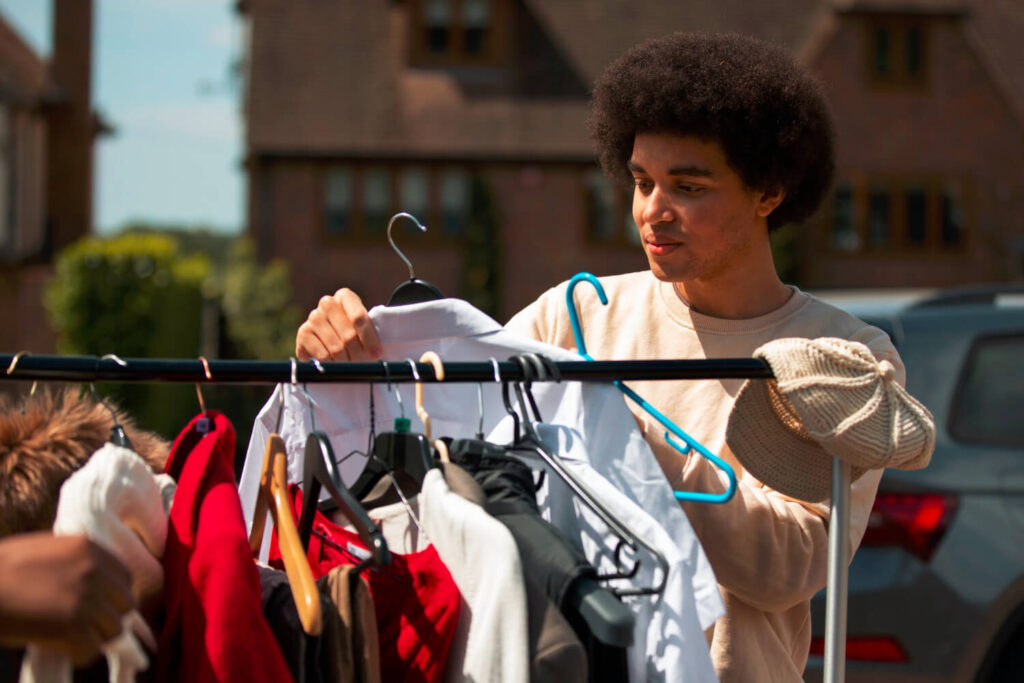
Here’s a quick rundown of what sets it apart:
- Eco-friendly materials: Think organic cotton, bamboo, recycled polyester, and even fabrics made from orange peels or pineapples. (Yes, that’s a thing!)
- Ethical production: Fair wages, safe working conditions, and no forced labor. Brands that care about this tend to shout it from the rooftops—and for good reason.
- Quality over quantity: Sustainable brands focus on creating timeless, durable pieces that can last for years instead of weeks. Less waste, more style.
But let’s not just take my word for it. As Kate Fletcher, a pioneer in the sustainable fashion movement, puts it: “Sustainable fashion is not a trend but a way of thinking about the world more consciously and creatively.”
The Not-So-Glamorous Side of Fast Fashion
Before we go all-in on how awesome sustainable fashion is, it’s worth understanding why it’s needed. The fashion industry is one of the most polluting industries in the world—second only to oil. Yikes.
Here’s why:
- Water waste: It takes about 2,700 liters of water to make a single cotton T-shirt. That’s enough water for one person to drink for 2.5 years.
- Textile waste: In the U.S. alone, about 85% of all textiles end up in landfills each year.
- Carbon emissions: The global fashion industry accounts for 10% of carbon emissions, which is more than all international flights and maritime shipping combined.

Not only is fast fashion bad for the planet, but it’s also got a serious ethical problem. Substandard working conditions, long hours, and meager paychecks are all too common in the industry. Urban cities, with their vast populations, contribute significantly to this problem due to high consumption and waste generation.
Why Urban Cities Are Turning to Sustainable Fashion
Now, let’s get to the good stuff. Cities are leading the charge in the sustainable fashion revolution, and it’s not just a fad. There are a few solid reasons why urban areas are embracing this movement:
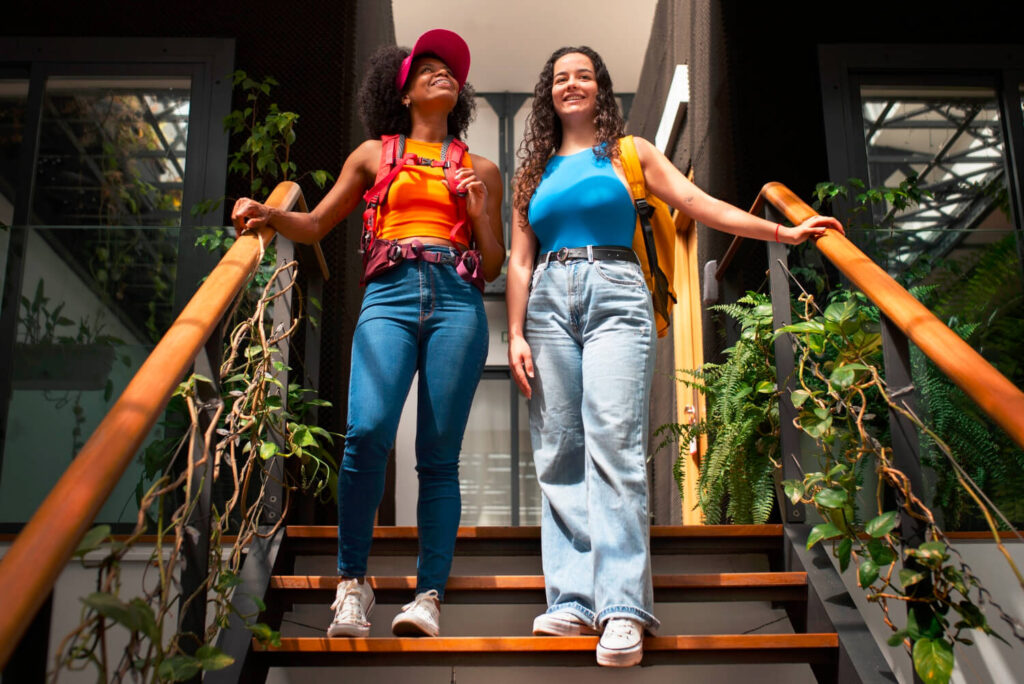
1. Growing Awareness and Education
Big cities have a way of keeping us on our toes, don’t they? With more exposure to global issues through social media, documentaries, and events, urban dwellers are increasingly aware of the impact their choices make. Think about the “Fashion Revolution” movement that started after the 2013 Rana Plaza disaster in Bangladesh. This global campaign has educated millions on why it’s important to know “Who made my clothes?”
2. Diverse Consumer Base
Urban areas are melting pots of cultures, ideas, and preferences. This diversity means that people are more open to exploring new, sustainable alternatives. For some, it’s about eco-friendly practices. For others, it’s about ethical labor practices. And for many, it’s simply about having better-quality clothes.
3. Local Brands & Designers
Cities like New York, London, and Berlin have a ton of local designers who are championing sustainable fashion. Brands like Everlane, Patagonia, and Stella McCartney are making eco-friendly chic. By focusing on locally sourced materials and smaller production runs, these brands are not just reducing waste but also making sustainability a selling point.
Cities Leading the Sustainable Fashion Movement
Some cities are known for their distinctive styles—Tokyo’s streetwear, Milan’s haute couture, and London’s edgy vibes. But when it comes to sustainable fashion, a few urban areas stand out for leading the way:
- Copenhagen: Home to the annual Copenhagen Fashion Summit, a global event dedicated to sustainability in fashion.
- Berlin: Known for its quirky, DIY culture, Berliners love a good thrift shop and are all about reusing and upcycling.
- San Francisco: With its tech-savvy population, this city is all about innovation in fashion, from digital clothing to 3D-printed shoes.
The Role of Technology in Sustainable Fashion
Tech to the rescue! Innovations in technology are helping brands create more sustainable fashion solutions. Here are a few cool ways this is happening:
- 3D Printing: Reduces waste by creating products on demand.
- AI for Supply Chain Management: Helps brands predict demand accurately, so they don’t overproduce.
- Digital Clothing: Yes, digital fashion is a thing! It’s about wearing clothes in the virtual world, cutting down on physical production.
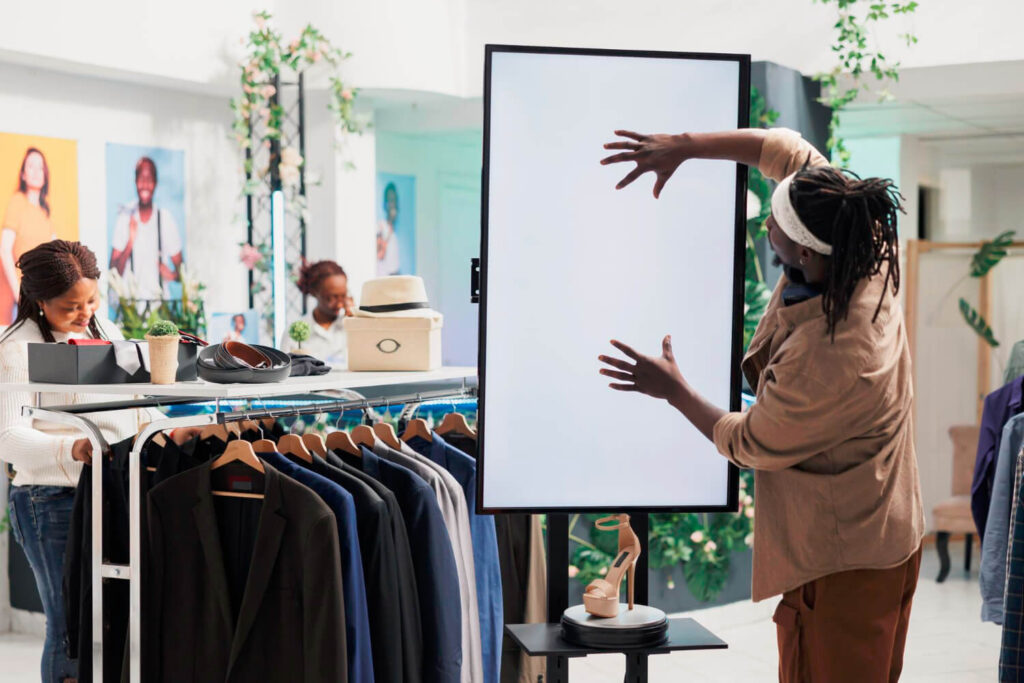
These tech-driven solutions are especially useful in urban settings where efficiency and space-saving methods can make a big difference.
Challenges Facing Sustainable Fashion
Of course, it’s not all sunshine and rainbows. There are some hurdles to jump over if sustainable fashion is going to become the norm:
- Cost: Eco-friendly materials and ethical labor practices aren’t cheap, and that often means higher prices for the consumer.
- Availability: While there’s been a boom in sustainable brands, it’s still hard to find eco-friendly options at major retailers.
- Greenwashing: Some brands claim to be sustainable without really putting in the effort. It’s up to us, the consumers, to see through the marketing fluff.

What’s Next? The Future of Sustainable Fashion
So, where do we go from here? The future looks bright, thanks to some promising trends:
- Circular Fashion: More brands are embracing the “make, use, reuse” philosophy. Think resale platforms, upcycling, and clothes rental services.
- Biodegradable Fabrics: Materials that break down naturally without harming the environment are on the rise. Some companies are even experimenting with lab-grown leather.
- Transparency: Consumers want to know what they’re buying, and brands are responding by being more open about their supply chains.
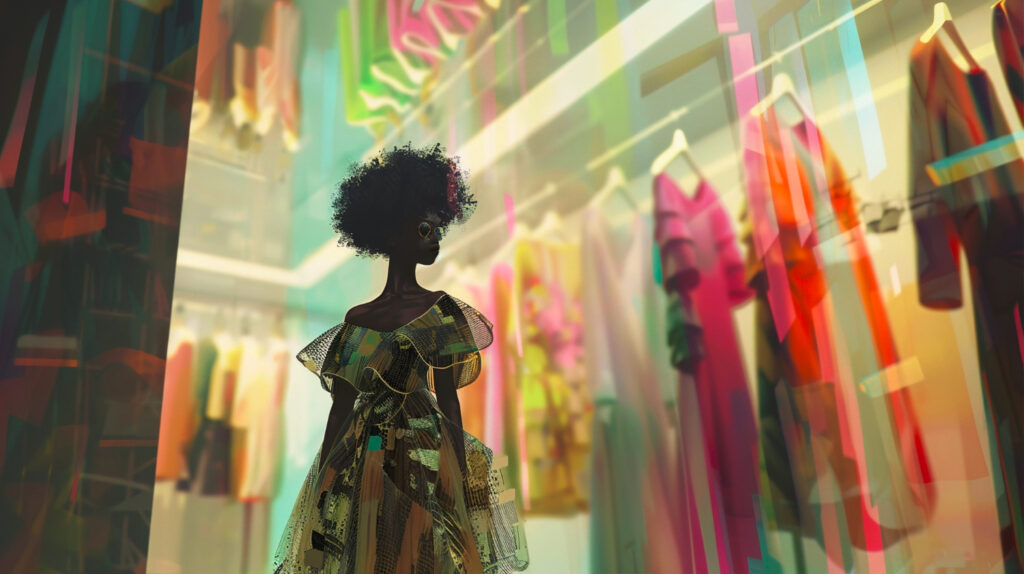
How You Can Support Sustainable Fashion
You don’t need to live in an eco-friendly treehouse to make a difference. Here are a few simple things you can do:
- Buy Less, Choose Better: Invest in quality pieces that will last.
- Support Local Brands: Check out small businesses that focus on sustainability.
- Learn to Repair: Give your clothes a second life by learning to fix minor issues.
- Swap, Borrow, or Rent: Sharing is caring—and it’s eco-friendly!
Conclusion
The rise of sustainable fashion in urban cities isn’t just a passing trend; it’s a cultural shift towards more conscious living. It’s about choosing pieces that are stylish, durable, and kind to the world around us. So, the next time you’re shopping, ask yourself: “Do I really need this?” If the answer is yes, make sure it’s a piece that’ll stand the test of time.
By supporting sustainable brands, educating ourselves, and making thoughtful purchases, we can all be a part of this positive change. Let’s wear our values proudly—one eco-friendly outfit at a time!

